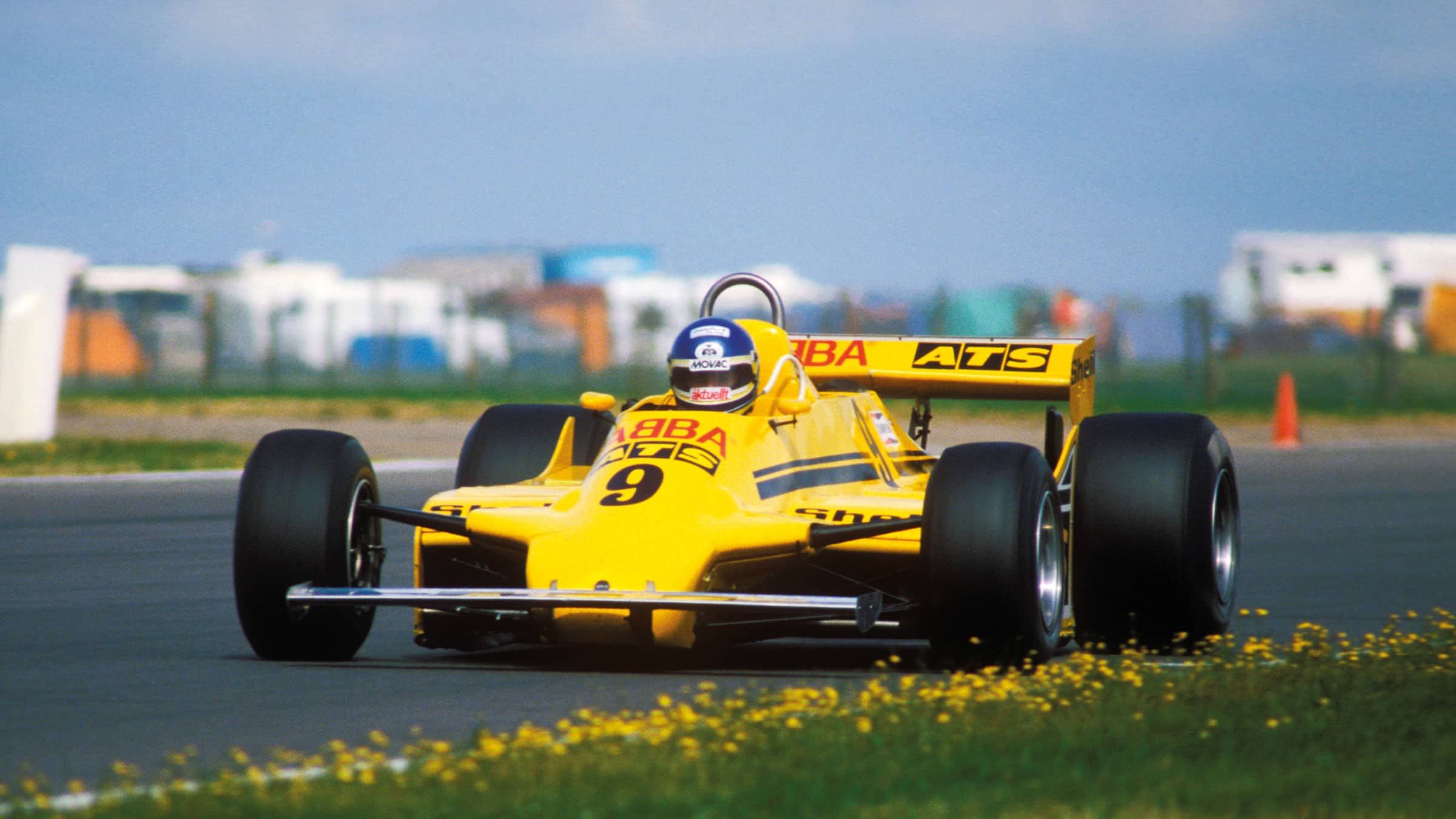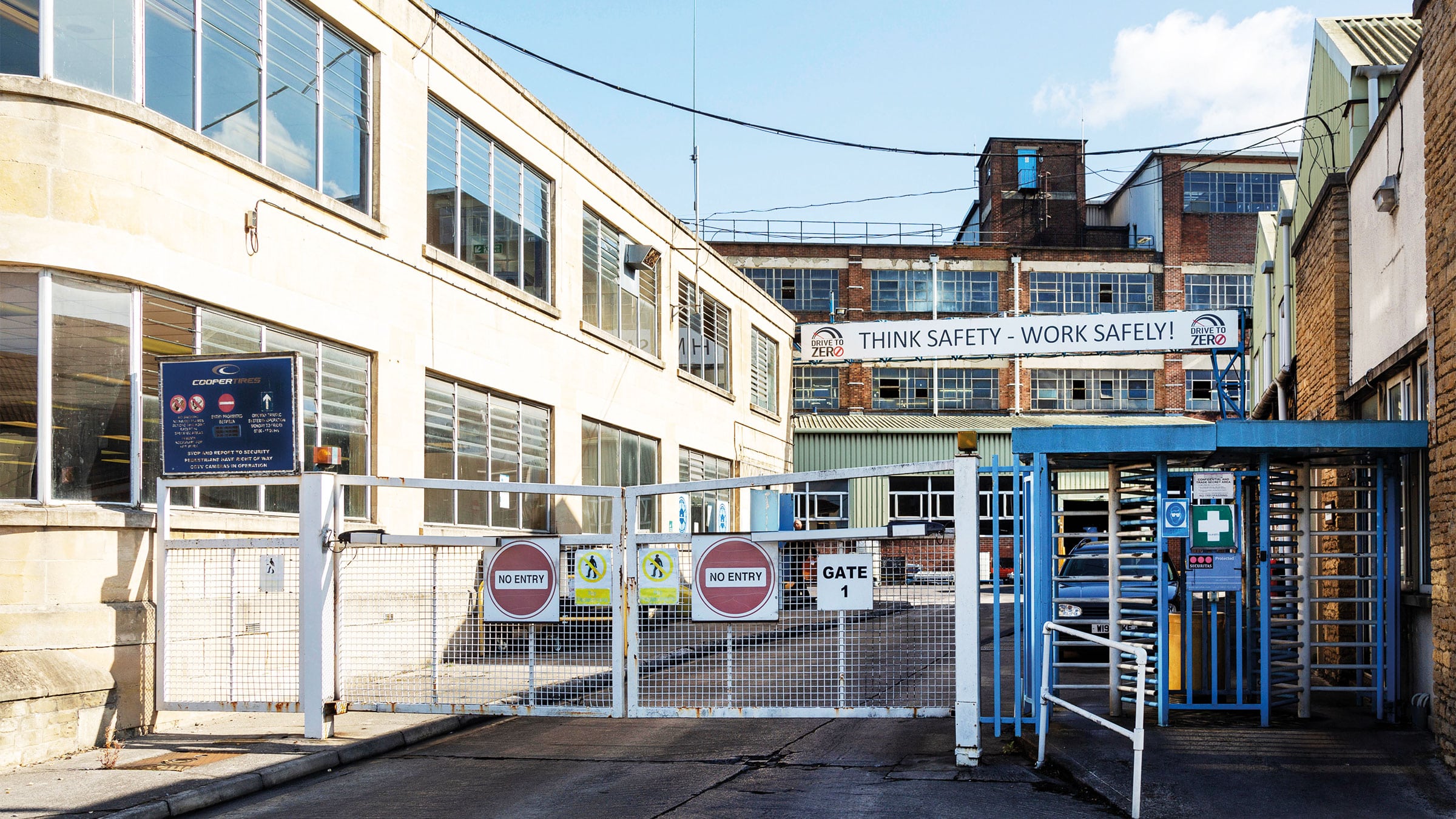Avon no longer calling — end of the road for historic tyres
Historic racers left looking for new rubber as Avon tyre factory announces closure

Avon tyres have kept historic F1 cars on track.
Jakob Ebrey
There is a quiet but major upheaval coming in the tyre supply for historic racing as all production at the Avon factory in Melksham will finish in December.
For four decades and more, the Avon plant in the Wiltshire town has been at the forefront of supplying racing tyres, notably for a wide range of historic racing. As many as 300,000 to 400,000 tyres are made each year and some of them are incredibly niche in terms of size and construction.
Around the turn of the millennium, the Avon brand was bought out by the US-based Cooper Tires company but production at Melksham, right, carried on largely unchanged. However, more recently, the Cooper brand was acquired by Goodyear.
Paul Nicholls is competition manager for tyre supplier BMTR, Avon’s biggest motor sport distributor. He says that the vast range of tyres produced at Melksham did not make commercial sense for the new owners.
Nicholls said: “That’s what Avon was always very good at, making niche products. Tyre sizes for stuff that no one else could do. Which is also part of its downfall, of course.” In October 2022, the plant went into a period of consultancy and the outcome was a decision that it would close at the end of 2023.
“They’re going to basically kill off the Avon motor sport brand,” added Nicholls, “with no movement of any machinery or plant, which will be mothballed.”
That decision could have represented a catastrophic blow to historic racing but the situation is not as bleak as it may appear. Production at Melksham is continuing unchanged for 2023 and there should be enough Avon stock to carry over some way into 2024. That period of grace should allow other manufacturers to move into the market place and, importantly, give enough time for proper testing of any new tyres in relevant weather conditions.

Slim Borgudd scored a point on Avons for ATS at Silverstone ’81
For three decades John Pearson has headed up HP Tyres, Dunlop’s major historic distributor, and he races a range of historic cars, notably a Jaguar E-type in longer two-driver races. “There’s nothing to worry about, certainly this year, and probably not even for next year,” he said. “But when it comes to very obscure product lines, people will have to get slightly more creative. The key is to make sure we are able to keep all of the most popular parts of historic racing functioning.”
The Goodyear/Dunlop group has many relevant products in its back catalogue and took a major presence at the Race Retro exhibition at the end of February to show off the range. Goodyear branded tyres for Historic F1, Historic F2 and 1970s sports cars will be testing as soon as weather conditions are relevant.
Pearson explains that the relatively small market means there is little sense in having competing tyre companies. HP Tyres will now seek to fill as many future gaps in the market as possible. “It’s a big job, enormous now in terms of the industrialisation process and the cost,” he says. “I’m sure we will see manufacturers come along that we’ve never seen before or that we didn’t know had a quirky little niche tyre.
“Historic racing is fantastically resilient. Everybody will cope and we will improvise, overcome and adapt.”

